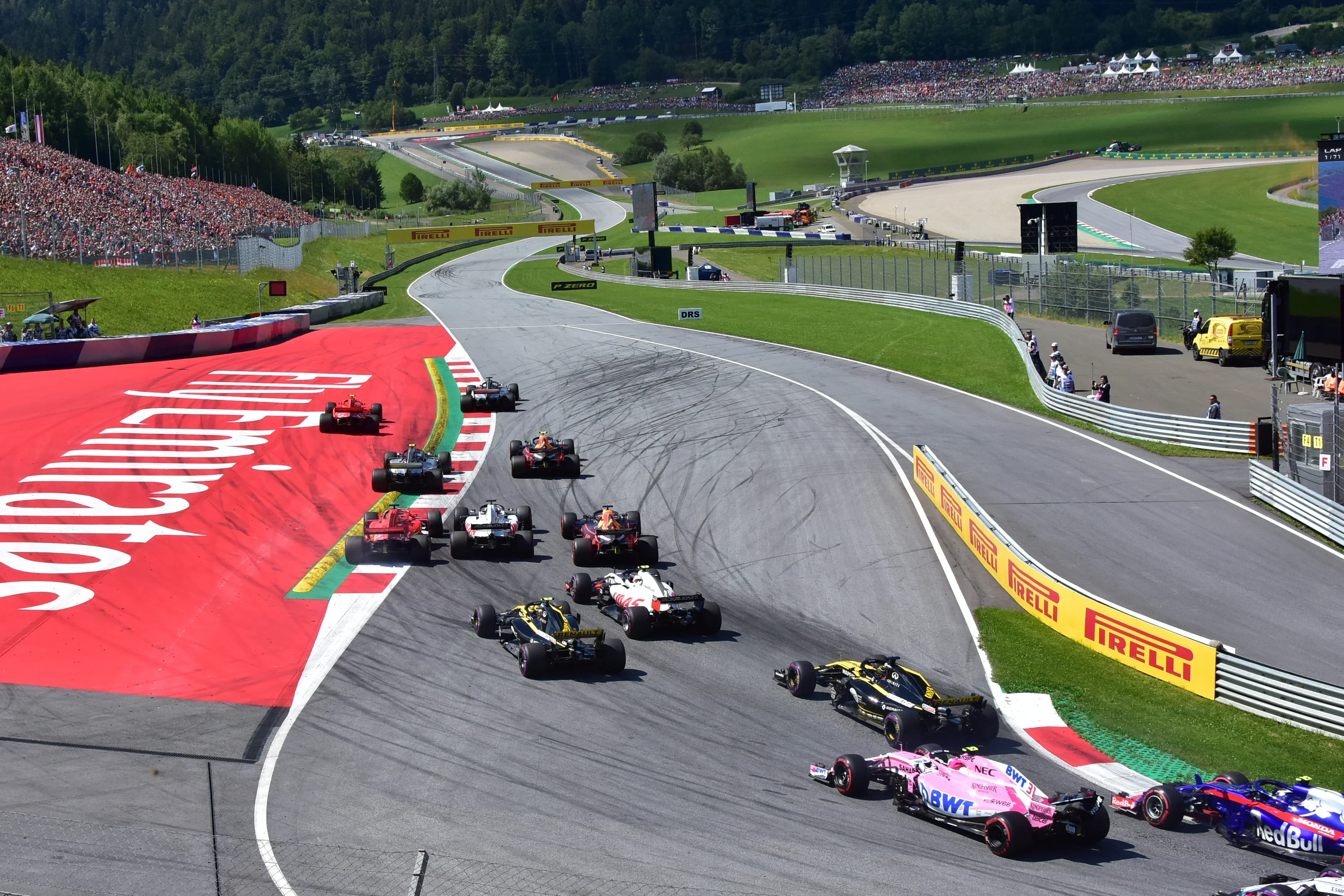Formula 1 is a synonym for speed and prestige, but in the last decade the sport has also become a benchmark for Sustainability Formula 1. Strict environmental rules and competitive competition forced the teams to redirect engineering creativity towards efficiency and "green" solutions - from synthetic fuel to advanced hybrid systems. Thus, the track has become an accelerator for technologies that we soon meet in mass production.
Investments in sustainability are not a PR gesture, but a pragmatic strategy: higher thermal efficiency, better energy management and lower emissions directly affect the pace, reliability and even results in every Grand Prix.
Formula 1: the testing ground of "green" fuel
Carbon neutrality and e‑fuels
- Vision: F1 has set a course towards carbon neutrality - not only through logistics and operations, but also through the fuel in the cars themselves.
- Technology: synthetic fuel (e‑fuels), produced by capturing CO₂ and "green" hydrogen, promises to reduce net emissions and work in modern internal combustion engines without a total replacement of the fleet.
- Stress test: the track is the most difficult laboratory - extreme temperatures, high speeds and dynamic loads validate stability, energy density and purity of combustion.
The advantage of e‑fuels is scalability: when optimized in F1, the same chemistry and combustion control can be implemented in mass engines, extending the life of internal combustion engines with significantly lower emissions.
Hybrid technology and ERS systems
ERS system: capture, storage, acceleration
- Components: the modern ERS system combines MGU‑K (regeneration during braking) and MGU‑H (energy from the turbine) with high-voltage batteries and power electronics.
- Effect on the car: higher thermal efficiency, fast "ERS deployment" strategies and less dependence on fuel flow without loss of power.
- Transfer to the road: regenerative braking, intelligent energy management and battery chemistries from F1 are already the backbone of hybrid and electric models.
The precise balance between energy recovery and delivery reduces consumption and increases dynamics - a lesson that the automotive industry has applied to serial hybrids and BEV platforms.
Impact on live results and competition
Speed equals efficiency
- Thermal efficiency: victory today is a function not only of peak power, but also of the percentage of thermal energy converted into traction. A liter of fuel "costs" time - whoever uses it more wisely, wins.
- Energy management: a mistake in "ERS deployment" in a decisive lap costs positions on live results. The audience literally watches a software chess game in real time.
- Strategies and cooling: aerodynamic "closing" for less resistance, but enough cooling for the battery and drive - the compromise is the key to the last laps.
Therefore, following the live results is an observation of the highest-tech duel - between chemistry, thermodynamics, software and piloting.
The news from Formula 1 as a business signal
From box to exchange
- Signals to the industry: "sports news" for a new e‑fuel partnership, a more efficient battery or energy management software often foreshadows trends in mass production.
- Investor perspective: suppliers of materials, power electronics and control systems gain inertia when their solutions pass F1 validation.
- Where to follow: to keep abreast of technological breakthroughs and their effect on the track and the market, follow the latest news mrbitnews.bg - fast, contextualized information from the paddock.
Formula 1 no longer "only" competes - it invests in the sustainability of the entire automotive industry. From synthetic fuel to batteries and a powerful ERS system, the track accelerates solutions that make our cars cleaner and more efficient.
You may also like
In this sense, the track is a laboratory for the future: each session is a stress test for technologies that will be in our garages tomorrow. And while we watch live results, we see the real birth of the ecological and efficient tomorrow.








Коментари (3)
1EF
20.11.2025, 08:59Ха
PESHAKA
20.11.2025, 09:03Ах, Formula 1 все още може да ни даде нещо добро
NINJA
20.11.2025, 09:04Ах, Formula 1 се бори за Земята